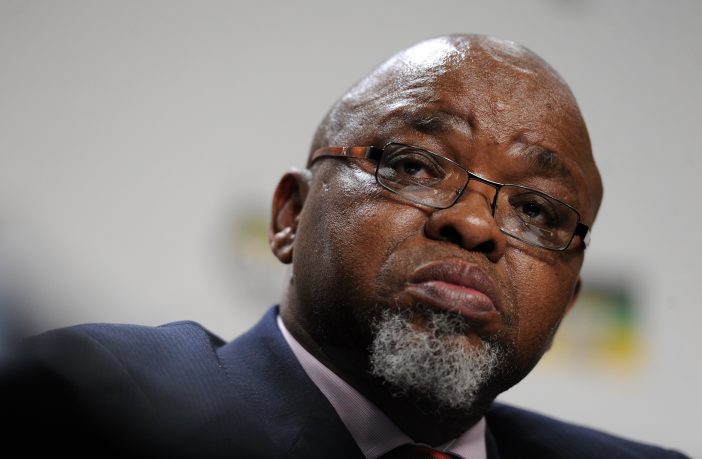Opinion
- After grim days of loadshedding, South Africa’s future is brighter with the announcement that red tape is being cut for embedded generation projects of up to 100 MW.
- This long-awaited decision will help the economy and climate change, and raises hope that the Minister will be replaced with someone who has the country’s interests at heart.
Today, after loadshedding that reached stage 4 yesterday, President Cyril Ramaphosa announced that Schedule 2 of the Electricity Regulation Act would be amended to increase the licencing threshold of embedded generation projects from 1 MW to 100 MW. This frees up business and industry to build and use their own generation capacity.
This is the urgent decision which has taken too long to be taken, due primarily we believe to Minister of Mineral Resources and Energy Gwede Mantashe’s apparent opposition to renewables. Indeed, Minister Mantashe’s recent budget speech in Parliament only raised the embedded generation cap to 10 MW.
“This announcement by the President indicates a stronger commitment to reforming the energy sector, and particularly in pushing the transition away from fossil fuels towards renewable energy through increasing embedded generation plants, which we hope would include a lot of solar,” says Liz McDaid, OUTA’s Parliamentary Advisor and Energy Advisor. “We hope that this opportunity is used to drive the manufacturing industry, which will help the economy get back on its feet.”
The 100 MW limit is 10 times Mantashe’s proposed limit.
“The need for the presidential intervention in this is a clear indication to us that it’s time for Minister Mantashe to be moved out, to make way for someone who understands and will drive a strong renewable energy future for South Africa,” says McDaid. “Renewables are cheaper and expected to contribute faster to economic recovery. We question whether the current minister is up to the job.”
The President’s announcement shows he really understands the issues, and is being well advised by his Operation Vulindlela team, his Infrastructure and Investment Office in the Presidency, by Eskom CEO Andre de Ruyter himself, and by industry, mining and business associations.
The President’s announcement made it clear that the relevant legal processes must be followed, which OUTA welcomes. However, the President said that the update to the Electricity Regulation Act schedule may take up to 60 days to gazette, which OUTA believes is far too slow. “What do they need to do? It’s a proclamation in a Gazette of a few lines,” says McDaid.
Author: OUTA
OUTA is a civil Activist Organisation in South Africa
Disclaimer: The articles expressed in this publication are those of the authors. They do not purport to reflect the opinions or views of Green Building Africa, our staff or our advertisers. The designations employed in this publication and the presentation of material therein do not imply the expression of any opinion whatsoever on the part Green Building Africa concerning the legal status of any country, area or territory or of its authorities.















